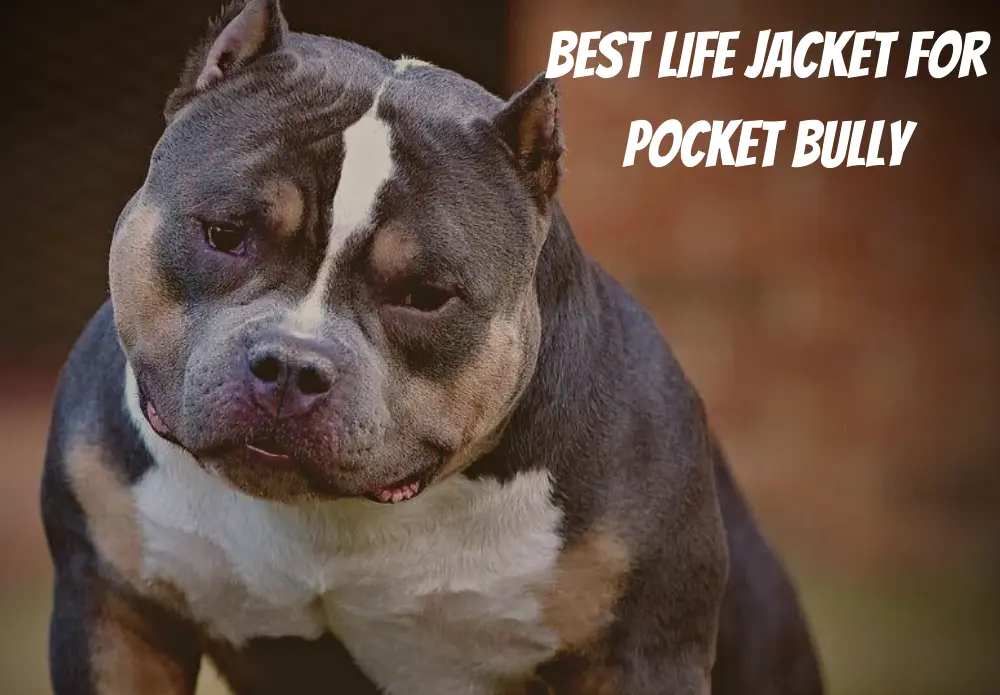Labradoodles tend to get very excited, especially as puppies. Today, we’ll look at settling down a Labradoodle that has been overexcited. We also show you how to recognize the warning symptoms of an overexcited dog and inform you of potential triggers.
Signs of Over Excitement in Labradoodle
A hyperactive puppy is not soothing company. Their excitement may result in a variety of difficult-to-manage behaviors, such as:
- Zoomies
- Rapid barking
- Jumping
- Biting
- Growling
- Snatching
- Ignoring you
Dog Zoomies
The phrase “zoomies” refers to a dog’s fitful period. They typically include extremely rapid sprinting in circles while ostensibly unaware of their surroundings. Without barely seeming to notice, they stagger into objects like furniture, people, and other dogs.
Rapid barking
When a dog is ecstatic, they frequently bark quickly and repeatedly. The dog is typically facing the object of their passion, and they are typically high-pitched. An energetic tail wag and a loose body movement go hand in hand with barking.
Jumping
Jumping is a frequent symptom of excessive enthusiasm in dogs, whether bouncing up and down on the spot or trying to fling themselves into your arms (no joke with an adult Labradoodle!).
Biting
Toy-tugging might easily develop into biting you. Your hands, feet, or loose garments all qualify. Dogs who are overly eager bite, grasp, and tear at anything in their path.
Growling
They might also snarl at you, albeit that isn’t an aggressive gesture. When overexcited, puppies, in particular, often growl and even snarl. Showing what appears to be fairly ferocious evidence of their teeth!
Snatching
When they become agitated, your well-behaved Labradoodle will lose all sense of decency. At this time, people are far more likely to take toys or food from their hands.
Ignoring you
They will also appear to lose their hearing temporarily. A dog who has lost all feelings of calm cannot be instructed because it will not listen. In actuality, it just teaches kids that obeying your demands is optional.
What Infuriates Your Dog?
Every dog is unique, and based on their upbringing and motivational factors, one dog may become upset by different triggers than another. But some things excite the majority of dogs. These consist of:
- Roughhousing
- Playing longer games
- Chasing
- Being teased
Avoiding Triggers
Although playing physically with your dog is a lot of fun, and they love it, it can be challenging, particularly if you have kids. Kids are terrible at recognizing when a dog is beginning to become agitated or even annoyed. Therefore, it’s best to maintain their relationships civil and professional.
Avoiding what agitates dogs is the greatest approach to achieving canine zen. When it’s too late to stop it, what do you do?
How to Calm Down a Labradoodle?
A Labradoodle can be calmed down in four major steps
- Stop interacting with them.
- Step back and get up.
- Pause To Breathe
- Remove yourself
- Training
- Exercise
- Playtime
Stop interacting
The game must terminate as soon as your dog begins to bite at your hands or clothing or begins to zoom around at 90 kph. Please don’t play with them, touch them, or physically contact them.
Step back and get up.
If you aren’t already standing up, do so now. Slowly turn away from the dog, removing any potential targets by holding your hands up at your shoulders if necessary.
Pause To Breathe
Handling an anxious dog can be extremely unpleasant and irritating, but you must control your emotions. At this point, your pup will respond to and feed off of everything you do. It’s crucial to maintain your composure when trying to quiet them down.
Remove yourself
Put your dog somewhere they can’t get to you, or move them somewhere they can’t get to you. Baby gates, a dog crate, and a puppy playpen are helpful tools for handling these circumstances. A place you can leave the dog that is both safe and off-limits to anything that would make them more excited.
Training
Every dog should receive quality training. Because labradoodles are such brilliant dogs, you can teach them anything. Training your dog can take three to six months if you are diligent and consistent. But it may drag on forever if you don’t execute it correctly.
There are several possibilities on YouTube for training videos if you need help with how to do so. If you have a limited budget, you may hire someone to train your dog or pay for classes you and your pet may attend together.
Your decision is acceptable as long as your Labradoodle receives the right instruction.
Starting with obedience training, followed by crate, housebreaking, and potty training, should be done as soon as you bring home a puppy. There are numerous ways to train your Labradoodle (using objects, voice instructions, etc.), and the good news is that he is a quick learner, so you can teach him anything you want. All you need is persistence and patience. Never give up.
Your Labradoodle should become a content, well-mannered, and self-assured dog with the proper training, additional activities, and your love and care. Therefore, take this crucial step seriously. A good training program will also help your Labradoodle to relax.
According to what I’ve read, some people decide not to train their Labradoodles because they don’t want to limit their mobility and view a taught dog as being tied down.
I don’t get this since dogs enjoy consistency and require certain rules (as do we all). Finally, the training helps your Labradoodle to develop to his full potential by bringing out his personality and skills. That is not problematic.
Exercise
Remember that a healthy Labradoodle must exercise for at least 30 to 60 minutes daily. The precise time varies on several variables, including size, age, temperament, amount of energy, living circumstances, etc.
A smaller Labradoodle typically needs at least 30 minutes of daily exercise, while a larger Labradoodle needs at least 60 minutes.
Your dog needs to exercise a lot for several reasons.
Promotes digestion, avoids obesity, strengthens the circulatory and respiratory systems, and aids in your dog’s ability to burn off energy
Walking around the block, running through the park or on the bike path, swimming, or playing fetch all qualify as exercise. If you let your Labradoodle wander free within your home (or in your backyard, if you have one), that is not exercise. Neither of them considers how active your dog was when inside the house.
If you have a puppy, take extra care. Puppies have a lot of energy to burn, but you shouldn’t overwork a growing puppy because this could harm his developing joints.
Taking your puppy outside before his shots are finished is not recommended. After that, you can begin taking brief leashed walks, but follow this general rule: 5 minutes of activity each month of age. Therefore, a 4-month-old dog should only receive 20 minutes of daily activity and not more.
Boost the time your puppy exercises gradually to aid his correct muscle development and boost his endurance.
Inactivity might lead to restless behavior. The same thing will occur if your Labradoodle is kept inside for excessive time. I suppose no dog—not just Labradoodles—can be left alone inside for eight to ten hours without going wild.
Encouraging Relaxed Behavior in Future
With all of our puppies, we play a straightforward game called “catch the relax,” with exceptionally boisterous dogs; we continue this game until maturity. It is worthwhile to play with your dog because it works so wonderfully.
It would help to notice your Labradoodle’s relaxed demeanor when it occurs close to you on the floor, lying, or sitting. Put a reward between their front paws as rapidly as you can. If you don’t move quickly and precisely, your dog will jump up for the treat, and you’ll unintentionally be reinforcing the incorrect action.
Suppose you are still trying to figure out what to do; practice alone beforehand (even if you feel a little stupid). Think of your dog lying next to you. Please subtly pick up a few kibble pieces from the small pot next to you, then immediately drop them to the ground. You’ll be surprised at how quickly you develop a very accurate technique.
Your dog will be more likely to relax if you can catch the relax because they rapidly realize they get a sweet reward. Who among Labradoodles doesn’t enjoy their meal?
Conclusion
Labradoodles are happy, energetic, and outgoing canines. That is fantastic. But it’s also extremely simple to feel thrilled around them. It would help if you ceased communicating with a Labradoodle, rose, turned away, and created distance between you to calm them down while maintaining composure.
By rewarding them when they are at ease, you can inspire them to maintain their composure in the future. Also, remember that most pups are more extroverted than adult dogs. Even adorable Labradoodles will likely become much calmer as the months and years pass. If you treat them nicely in the interim, you’ll likely find a great companion to live with you.






